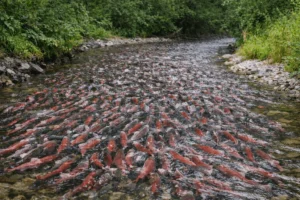Scattered across Alaska’s vast wilderness are ghost towns that once thrived during gold rushes, fishing booms, and mining eras, only to be left silent when fortunes faded. Today, these abandoned settlements stand as haunting snapshots of frontier life, blending rugged history, eerie charm, and breathtaking landscapes for adventurous travelers to explore.
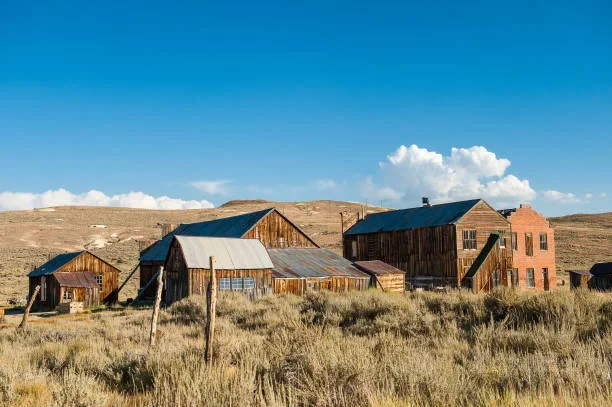
What Are Ghost Towns and Why Does Alaska Have So Many?
Definition:
Ghost towns are former settlements that thrived during resource booms but were later deserted once profits dried up.
Common Causes in Alaska:
- Resource depletion (mines, fisheries)
- Abandonment due to changing transportation routes
- Harsh climate makes recovery or resettlement impractical
Alaska’s Context:
Its isolation and reliance on extractive industries, gold, copper, and salmon created many boomtowns scattered across the vast wilderness. When the boom ended, many simply vanished.
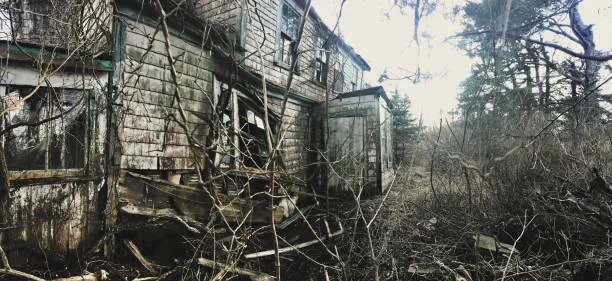
Top Abandoned Ghost Towns to Explore in Alaska
Once a bustling copper mining town within Wrangell–St. Elias National Park, Kennecott (or Kennicott) thrived from circa 1900 until 1938, extracting vast copper deposits before resource exhaustion led to abandonment. Today, it’s a preserved National Historic Landmark with original machinery, homes, and mill structures still standing, offering guided and self-guided tours.
A former salmon cannery community on the Kenai Peninsula, Portlock was abandoned in the late 1940s after highway construction shifted accessible settlements elsewhere. Its eerie reputation comes from local legends of a Sasquatch-like creature (Nantiinaq) and haunting disappearances, though these tales emerged decades later and may be exaggerated. Access is limited, only via boat or bush plane.
This former Klondike Gold Rush port at the mouth of the Chilkoot Trail once bristled with activity as prospectors passed through on their way to the Yukon. Today, it’s largely abandoned, with just a few homesteads. It lies within the Klondike Gold Rush National Historical Park, preserving its historic significance.
A dramatic cliffside village abandoned in the 1960s, King Island’s isolation made life difficult. Though now uninhabited, its iconic aerial photos and sheer coastal cliffs are memorable. Real access is extremely difficult today, with no formal infrastructure.
Located in western Arctic Alaska, this site, also called Kruzgamepa or Unaatuq, was a hot springs oasis and orphanage mission established in the early 1900s. Now listed on the National Register of Historic Places, some original buildings remain amid serene geothermal springs and a lush clearing. Access is possible via 4WD or charter air, with respect required for Native-owned land.
The original settlement of Whittier was largely abandoned after avalanche threats prompted relocation. Although few detailed sources exist about the remaining ruins, visitors can glimpse remnants near the modern town.
Can You Visit Alaska’s Ghost Towns?
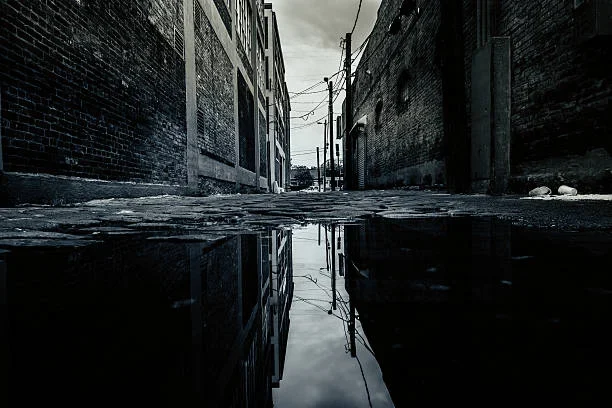
Yes, you can visit all these ghost towns, not easily but yes they are accessible. The following are the accessible methods and conditions
Town | Access Method | Accessibility & Condition |
Kennecott | Car → Tour (summer: June–Sept) | Well-preserved, guided/self tours available |
Portlock | Boat or bush plane | Remote, eerie; visit only if experienced/outfitted |
Dyea | Road + park access | Historical park, safe but basic infrastructure |
King Island | Extremely remote | Not realistically accessible for most visitors |
Pilgrim Hot Springs | 4WD road or charter flight | Historic site, geothermal enjoyment, permits needed |
Whittier (Old) | Near the current settlement | Informal ruins, accessible by cautious sightseeing |
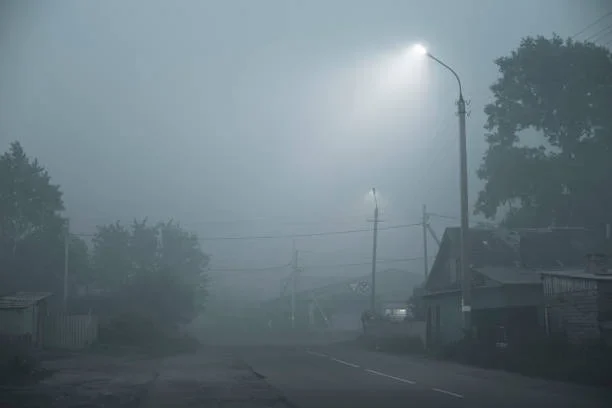
Safety Tips:
- Fragile structures: explore with caution
- Wildlife: bring bear safety gear, stay vigilant
- Weather: unpredictable, layer clothing, check forecasts
- Respect heritage & private land, especially Indigenous lands
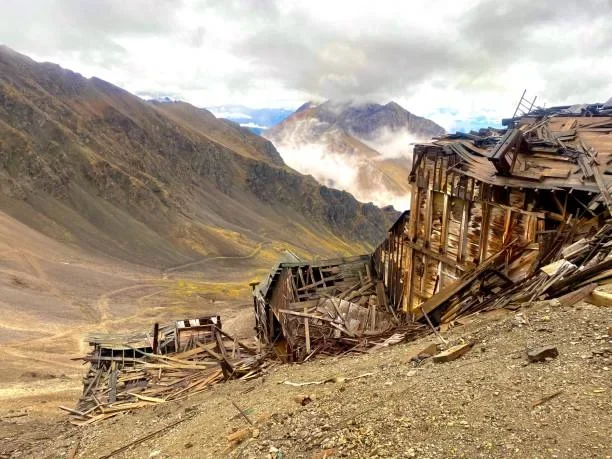
What Do These Ghost Towns Tell Us About Alaska’s History?
- Boom and Bust: Reflect the rapid rise and fall tied to gold, copper, fisheries, and changing transport routes.
- Cultural Impact: Communities, often including Indigenous groups, were deeply affected; Pilgrim Hot Springs’ preservation now involves local Native corporations.
- Environmental/Economic Lessons: These ghost towns illustrate the fragile balance between resource extraction and long-term sustainability.
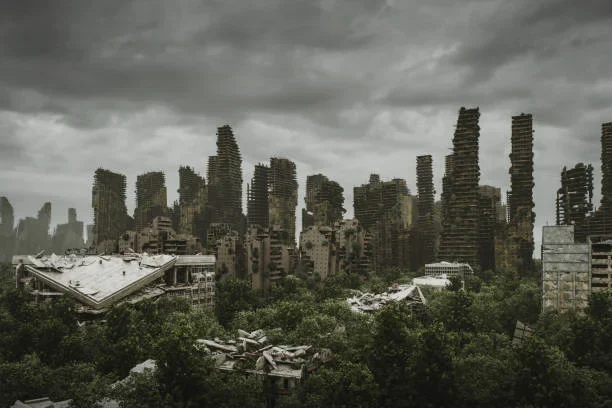
Conclusion
Alaska’s abandoned ghost towns offer a poignant glimpse into the state’s adventurous and volatile past. For history enthusiasts, photographers, and explorers, they’re unforgettable. Just be sure to approach with respect, care, and preparation: explore responsibly, and always leave no trace.








